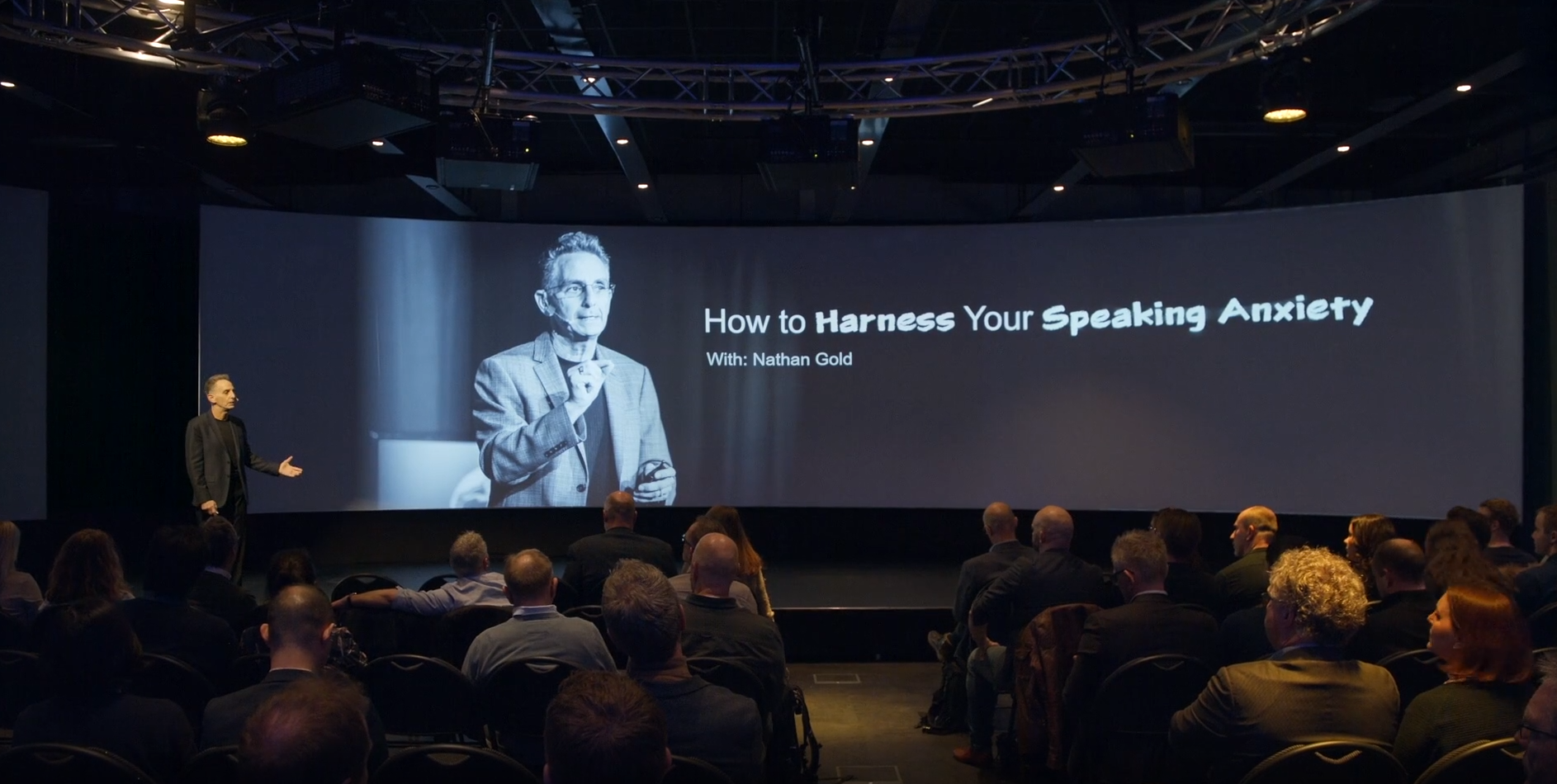
The building sectors aren’t exactly known for rapid innovation. Legacy processes and systems are the norm for many companies in architecture, construction and engineering. But given global trends toward urbanization and a rising climate crisis, the need for efficiency in getting things designed and built has never been greater.
Carl Christensen, CTO and co-founder of Spacemaker, saw an opportunity to drive innovation in the conservative AEC sector and address intertwining global challenges. At a Founders Network keynote, he shares his journey building and selling Spacemaker to the multinational software firm Autodesk.
Register at Founders Network to find out if you qualify for membership and hear Carl’s playbook on:
- Defining the problem and vision
- Mastering organization and recruiting
- Refining your business model
- Design thinking for the AEC space
- Funding strategy and acquisition planning
“Urbanization and densification are also huge environmental and sustainability problems, and this inefficient way of working is compounding that problem,” Carl said.
Back in 2016, Carl was on the management team of one of the largest tech consultancies in the Nordics when he found himself searching for a big, ambitious project to test those ideas. So he jumped in with both feet, and found that the problems he had defined resonated with many people. With the idea of an AI-driven platform that provides intelligence about building sites, helping to maximize the value, Spacemaker was able to raise $25 million.
“I think that the value proposition we had was compelling actually, given the underlying mega trend of urbanization,” he explains. ”We’re building an area around the size of Paris each week in the world. So if you look at it from an investor perspective, the level of activity and underlying market demand is very high.”
The combination of a large market opportunity, promoting sustainability, and the potential for great profit margins helped Spacemaker to drum up early interest.
”We're building an area around the size of Paris each week in the world. So if you look at it from an investor perspective, the level of activity and underlying market demand is very high.” - @ccchristensen Share on XHowever, building a sophisticated product that is accessible for people of many different technical skill levels is no easy feat. One of Spacemaker’s first challenges was hiring, given a need for the right set of skills and perspectives that would lead to a valuable and easy-to-use product.
“Traditionally, in the AEC space, companies don’t buy software; they spend money on consultants,” Carl adds. So Spacemaker’s key challenge was not just to build the product itself, but to break through with enterprises in architecture, engineering and construction.
To learn more about refining your business model, see if you qualify for membership and check out the webinar from January 20.
“It required us to invent a lot of applied algorithms — not only AI, but also simulation and other complex stuff — and build a very quality user-facing product,” he adds. “Those are rarely combined.”
For Spacemaker, a big part of the solution was to rigorously focus on the user experience, as well as to build trust with the end user. Rather than building a “black box” AI, where things seem to happen magically but aren’t necessarily explained to the end user. Spacemaker sought to build a product that supports, but doesn’t replace, important decision-making in architecture, construction and engineering.
“AI is often a shiny object that is very easy to sell, but it's also often what we call a black box. You don't really want something that does things you don't understand.” - @ccchristensen Share on X“AI is often a shiny object that is very easy to sell, but it’s also often what we call a black box AI. It does things magically, but for that to be applied for users, you generally have to take that magic away because that reduces trust,” Carl says. “You don’t really want something that kind of just does something and you don’t understand.”
Eventually, Spacemaker gained a number of enterprise customers in the Nordics, and the results were very strong.
One customer, a large European developer, saved a year on the planning phase of a residential development project. Another developer was able to increase density by 16%, while improving the number of apartments with a sea view by 33%, potentially adding €8 million in value. Another large architecture firm improved productivity by 50% using Spacemaker in early-phase development projects.
In relatively short order, Autodesk came knocking and acquired Spacemaker for $240 million around four years after the startup was founded. Given Autodesk’s massive global customer base, the deal is expected to introduce Spacemaker to more customers across the globe.
“It’s very feasible that if you can solve this problem, it has a multitude of value propositions for many different stakeholders — cities, regulators, city inhabitants and investors, which means that everyone kind of wins,” Carl adds.
To learn more about refining your business model, see if you qualify for membership and check out the webinar from January 20.






